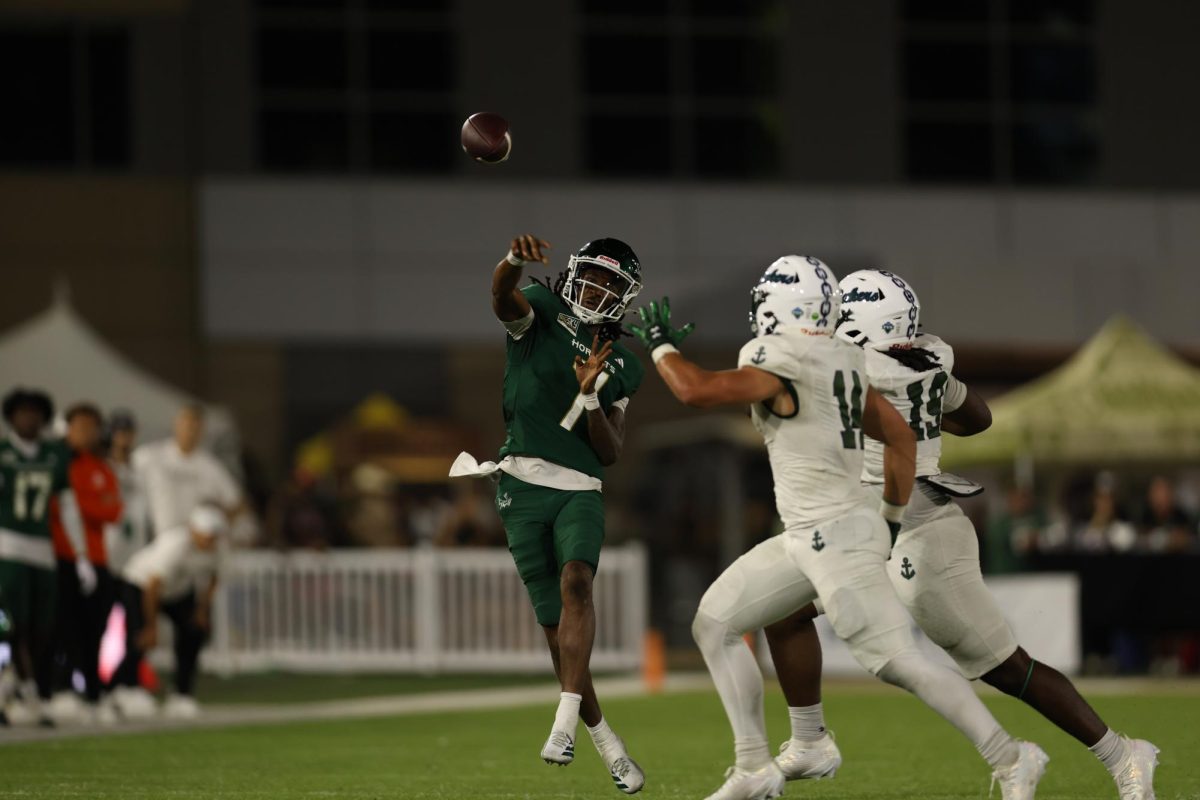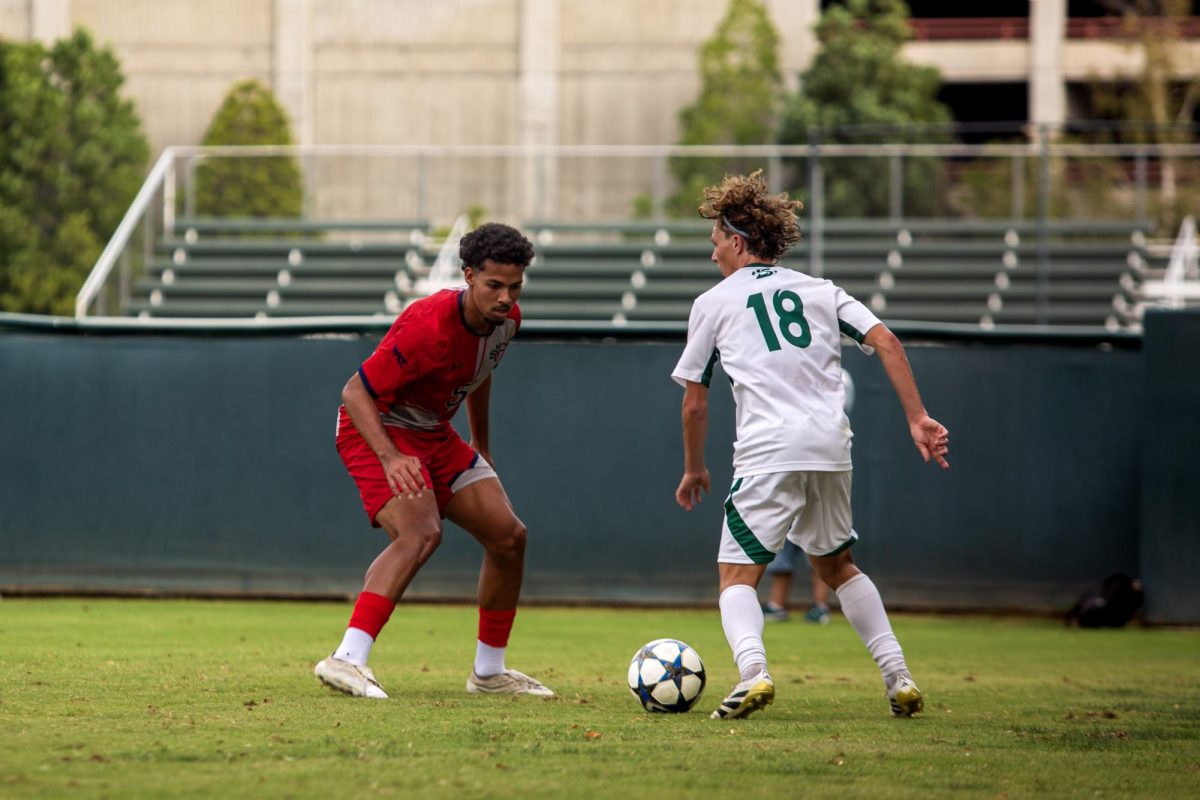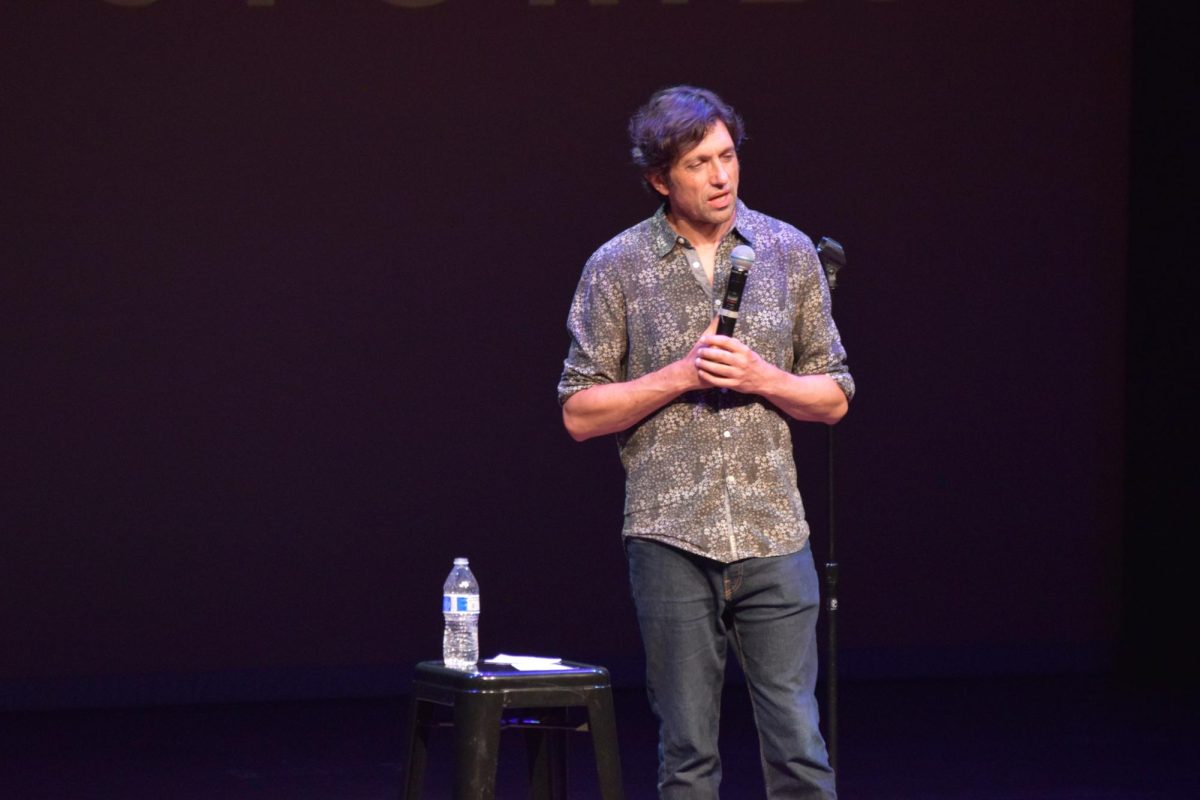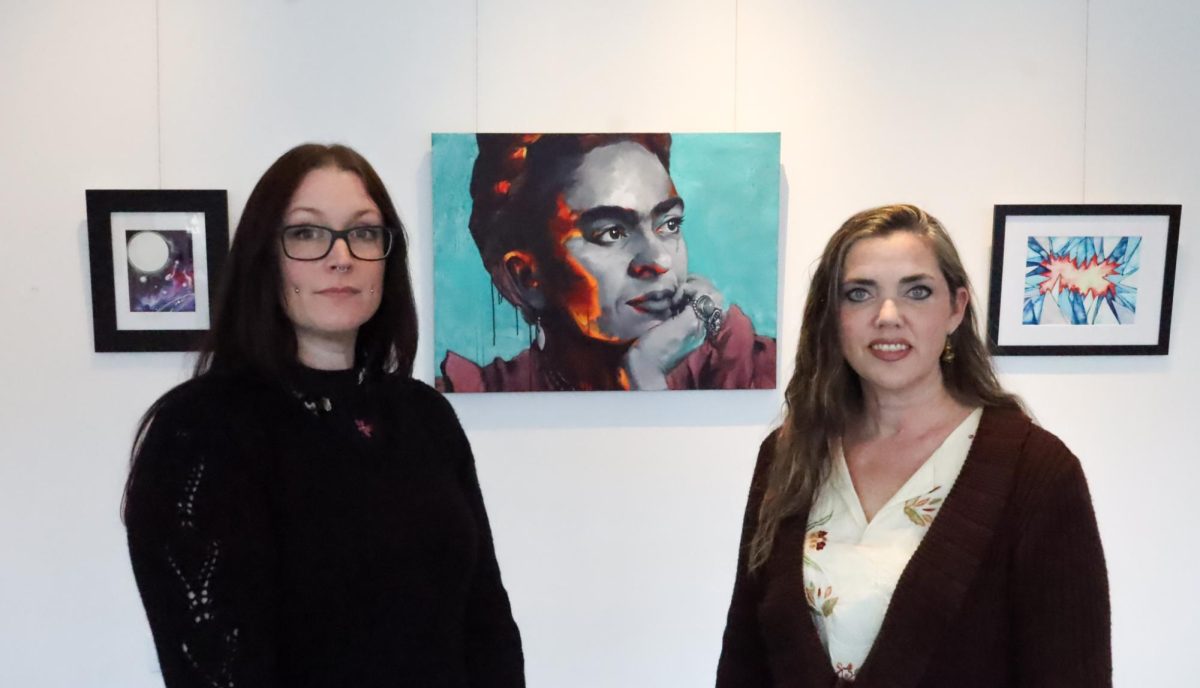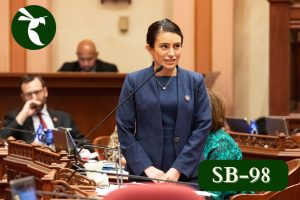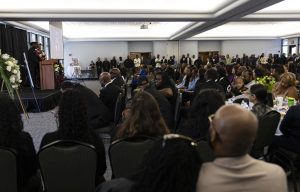Festival attracts musical talents
November 20, 2008
The Sacramento Festival of New American Music hosted by Sacramento State combined all genres of music and incorporated a new instrument: the computer.
Music professor and the festival’s artistic director Stephen Blumberg said he believes the festival is the oldest of its kind, and in the time since its first year, the styles of new music have “changed drastically.”
“There’s a multiply of different styles that co-exist?the use of computers have had a huge influence, and a lot of new instruments have been invented now that uses electronics,” Blumberg said.
Electronic percussionist Lukas Ligeti is one of these musicians. Using an “electronic marimba” called a Marimba Lumina, Ligeti is able to play his instrument while using a computer to incorporate sounds he has collected as he performs.
“I’m happy to be here. It’s a great festival and a great place to play,” Ligeti said.
Each year a number of visitors flock to Sac State to see such performances. Blumberg said people are drawn to the festival because the music is new, various and admission is completely free.
But what is new American music?
“It’s all inclusive in terms of genre and style, anything goes. There are not any expectations,” said Harry Sadler, voice and composition major.
However, Blumberg, who has directed the festival since 2006, said that new American music is not so easy to define.
“What I tell people is that it’s new, it’s American, and it’s music,” he said. “We can’t define it, because so many people approach it differently.”
Blumberg said that they have tried to represent all styles in the years since the festival began, including jazz, classical and even some rock.
Visitors to Sac State experienced these styles for themselves from Nov. 6 to Sunday.
The festival was founded 31 years ago by Gene Savage, a professor of piano at the time. Savage’s vision had been for Sacramento to be the center for new American music.
“European music dominated the concert halls. Gene wanted a festival that brought focus on American music,” Blumberg said.
While some performers traveled from as far away as New York, such as clarinetist Jean Kopperud, some were closer to home. The Festival Ensemble, made up of Sac State faculty members and local professionals, play especially for the festival.
Some groups had a variety just in the combination of instruments they included. The San Francisco Contemporary Music Players, for example, had one group of players playing a trumpet, trombone, harp, mandolin, guitar, and vibraphone.
Interior design major Heidi Bohn attended the Music Players’ concert, and said she enjoyed the experience.
“It’s not something I would think I would listen to. But once I got into it, I could appreciate it,” Bohn said.
The Festival of New American music is not just about performances. Master classes were set up so students could learn from the musicians. The performers would instruct students learning the same instrument for one hour.
“What an opportunity for students to learn from a master and get their feedback,” assistant director Keith Bohm said.
Students themselves had a chance to showcase their skills with the Student Artist Performance Competition and Student Composers Performance Competition.
In the Student Artist Performance, music majors who audition for and are accepted into the competition must play solo or with a small group, a piece made after 1980. Those students do all the rehearsing and preparing, before playing in front of three judges who are not Sac State professors.
Music performance major Alex Winter, who was in the competition, called the experience “nerve-racking.”
“But it has its benefits. We’re about to put on a recital, so it’s good practice,” Winter said.
Bohm said not only college students benefit from the festival, but so do the surrounding high schools.
“It’s an outreach program,” he said. “Musicians from the festival go to the high schools and perform to the high school students.”
As the festival continues, Blumberg said, there might be a change in how inter-media is incorporated into music.
“Maybe they’ll be more composers who work with more visual video, or who use dance and theatre,” he said.
If there’s one change that he does not want, it is for the festival to have a fee.
“From the beginning, a kind of mission statement has been that the festival is free to the public,” Blumberg said.
Funding, he says, is always a problem. Various donors such as Sacramento Metropolitan Arts Commission and the Ann and Gordon Getty Foundation help pay the musicians for their performance, yet with the economic problems, financing from other organizations are becoming harder to get.
“I hope we can continue to fund it,” he said.
As of now, the Festival of New American Music is continuing to be what it has been for more than 30 years. And for Bohm, that’s the best thing.
“I think the greatest part about the festival is that the students and the community have an opportunity to hear world renowned performers in a concert setting.”
Kyrie Eberhart can be reached at [email protected].

















































